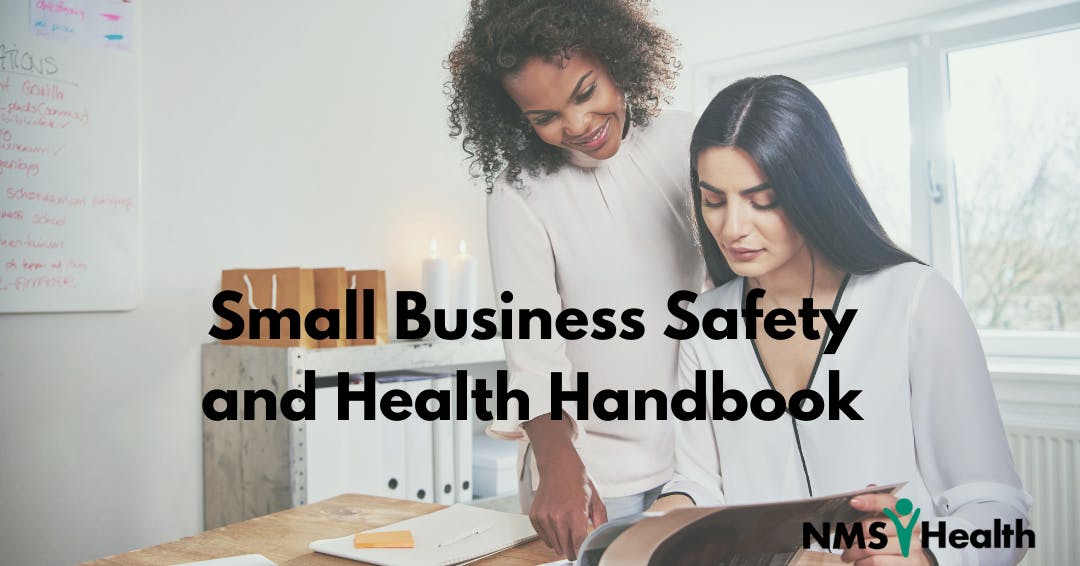The National Institute for Occupational Safety and Health (NIOSH) and the Occupational Safety and Health Administration (OSHA) have teamed up to revise the handbook for workplace safety for small business owners. Earlier this month, The Small Business Safety and Health Handbook was released. The handbook provides a summary of the benefits of implementing a health and safety program, safety checklists for employers, and reviews health resources available for small businesses.
“Small businesses face many unique challenges and providing a safe and healthy work environment shouldn't be one of them,” said NIOSH Director John Howard, M.D. “The updated Small Business Handbook is an easy-to-use tool to help keep your most valuable asset – your employees – safe and healthy on the job.”
How does implementing a safety and health program help small businesses?
- It prevents workplace injury and illness.
- It improves compliance with laws and regulations.
- It reduces cost to the employer, including those incurred in workers’ compensation premiums.
- It engages the workers.
- It enhances the responsibility goals.
- It increases productivity and overall business operations.
How can a small business start their safety and health program?
OSHA recommends ten simple steps to lay the groundwork for your program. After establishing these steps, you can set manageable goals for the future and continue to build upon your safety culture.
- Establish safety and health as a core value. Tell your workers that making sure they finish the day and go home safely is the way you do business. Assure them that you will work with them to find and fix any hazards that could injure them or make them sick.
- Lead by example. Practice safe behaviors yourself and make safety part of your daily conversations with workers.
- Implement a reporting system. Develop and communicate a simple procedure for workers to report any injuries, illnesses, incidents (including near misses/close calls), hazards, or safety and health concerns, without fear of retaliation. Include an option for reporting hazards or concerns anonymously.
- Provide training. Train workers on how to identify and control hazards in the workplace, as well as report injuries, illnesses, and near misses.
- Conduct inspections. Inspect the workplace with workers and ask them to identify any activity, piece of equipment, or materials that concern them. Use checklists to help identify problems.
- Collect hazard control ideas. Ask workers for ideas on improvements and follow up on their suggestions. Provide them time during work hours, if necessary, to research solutions.
- Implement hazard controls. Assign workers the task of choosing, implementing, and evaluating the solutions they come up with.
- Address emergencies. Identify foreseeable emergency scenarios and develop instructions on what to do in each case. Meet to discuss these procedures and post them in a visible location in the workplace.
- Seek input on workplace changes. Before making significant changes to the workplace, work organization, equipment, or materials, consult with workers to identify potential safety or health issues.
- Make improvements. Set aside a regular time to discuss safety and health issues, with the goal of identifying ways to improve the program.
To find out more about the how OSHA and NIOSH are helping small businesses, including information on whistleblower protection laws, checklists, training through OSHA's education centers and professional occupational safety and health associations with local chapters that small businesses can join, you canreview the handbook here.
Let’s get started!
NMS Health's service is designed to make the screening process simple and less time consuming for your hiring teams. Our team of medical experts will help you establish a health screening program that is right for your company. With a large network of clinic partners, we've got coverage in all 50 states!
Click here to Learn More and to get started today!


